When you hear New Jersey I’m sure an image comes to your mind. It may not be thousands of acres of pine trees and white sand beaches but that is what we found while we were there.
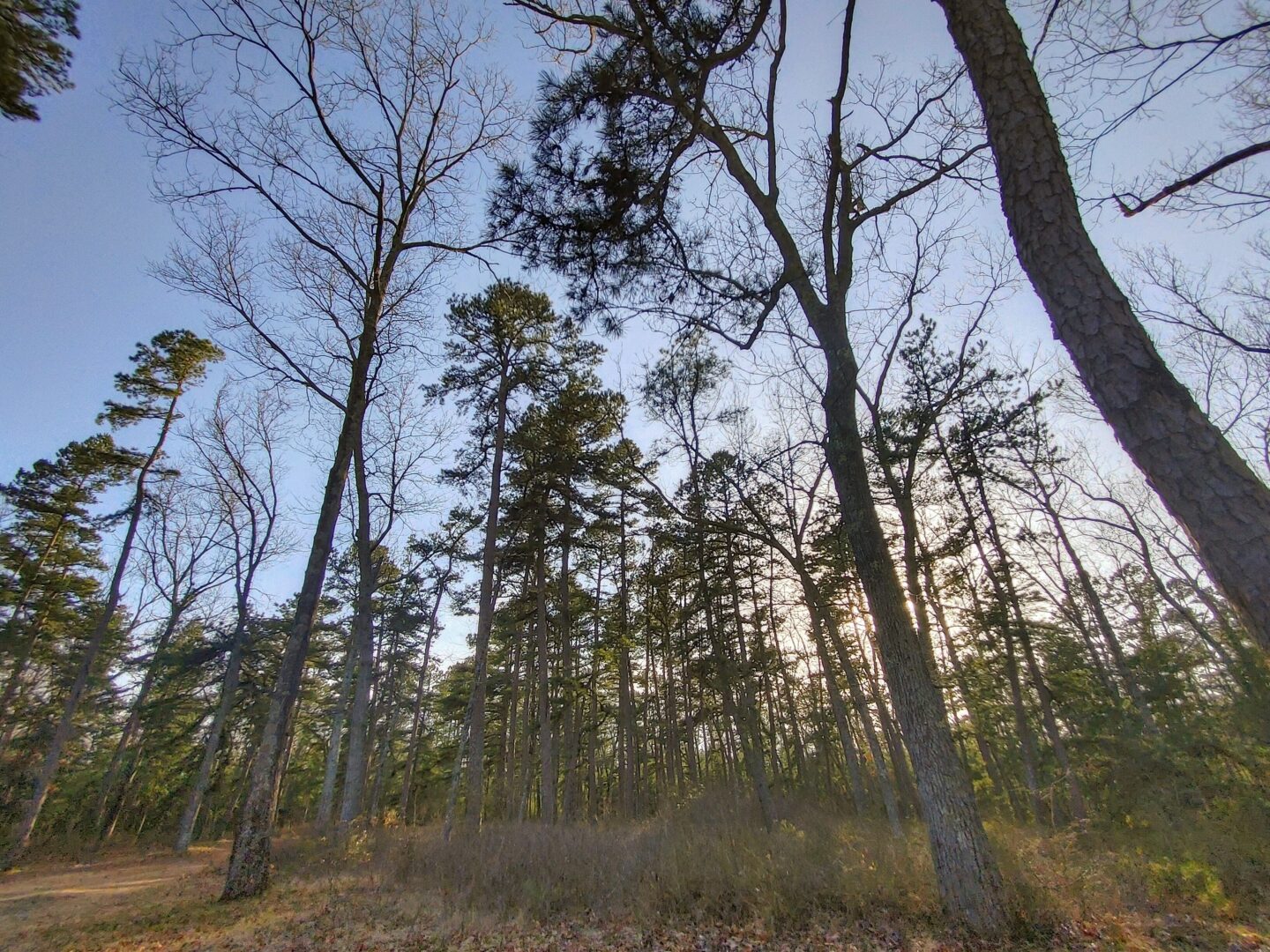
We left Vermont on March 31 and traveled through pouring rain as far as Pennsylvania the first day, to find a camp on state forest lands. Pennsylvania has a lot of dispersed campsites scattered across their state forests, this one was at the site of an old CCC camp. There were still a few foundations and other remnants of structures that could be found.
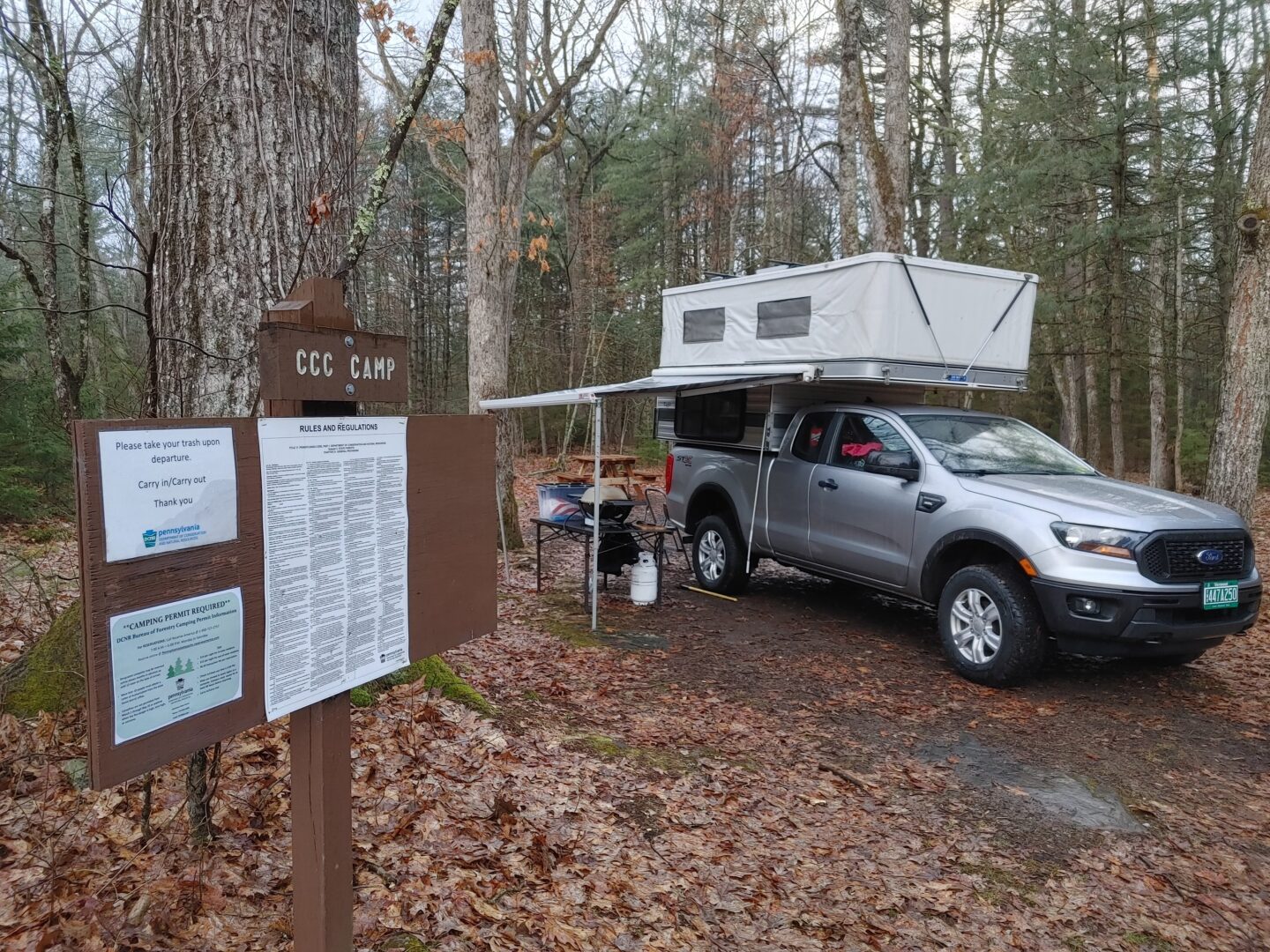

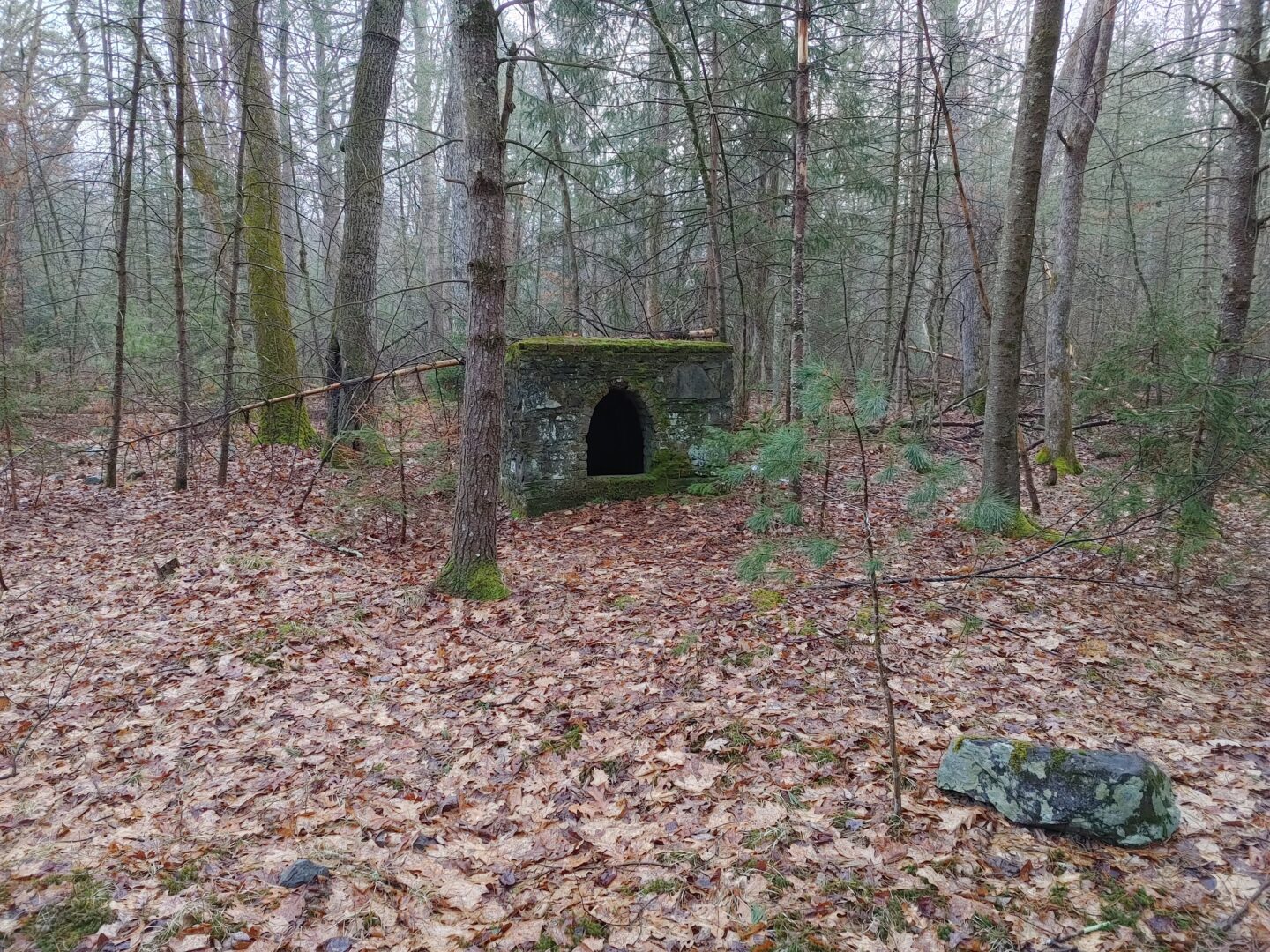
The next day we found ourselves in New Jersey for a four night stay. We wanted to get far enough south to get out of the snow and freezing weather. After hearing about the Pine Barrens of New Jersey for several years from a forester colleague and then reading about the area in John McPhee’s 1968 “The Pine Barrens” it sounded like a place that we had to go. We found a primitive site in a state forest to use as a base camp and we explored New Jersey for a few days.
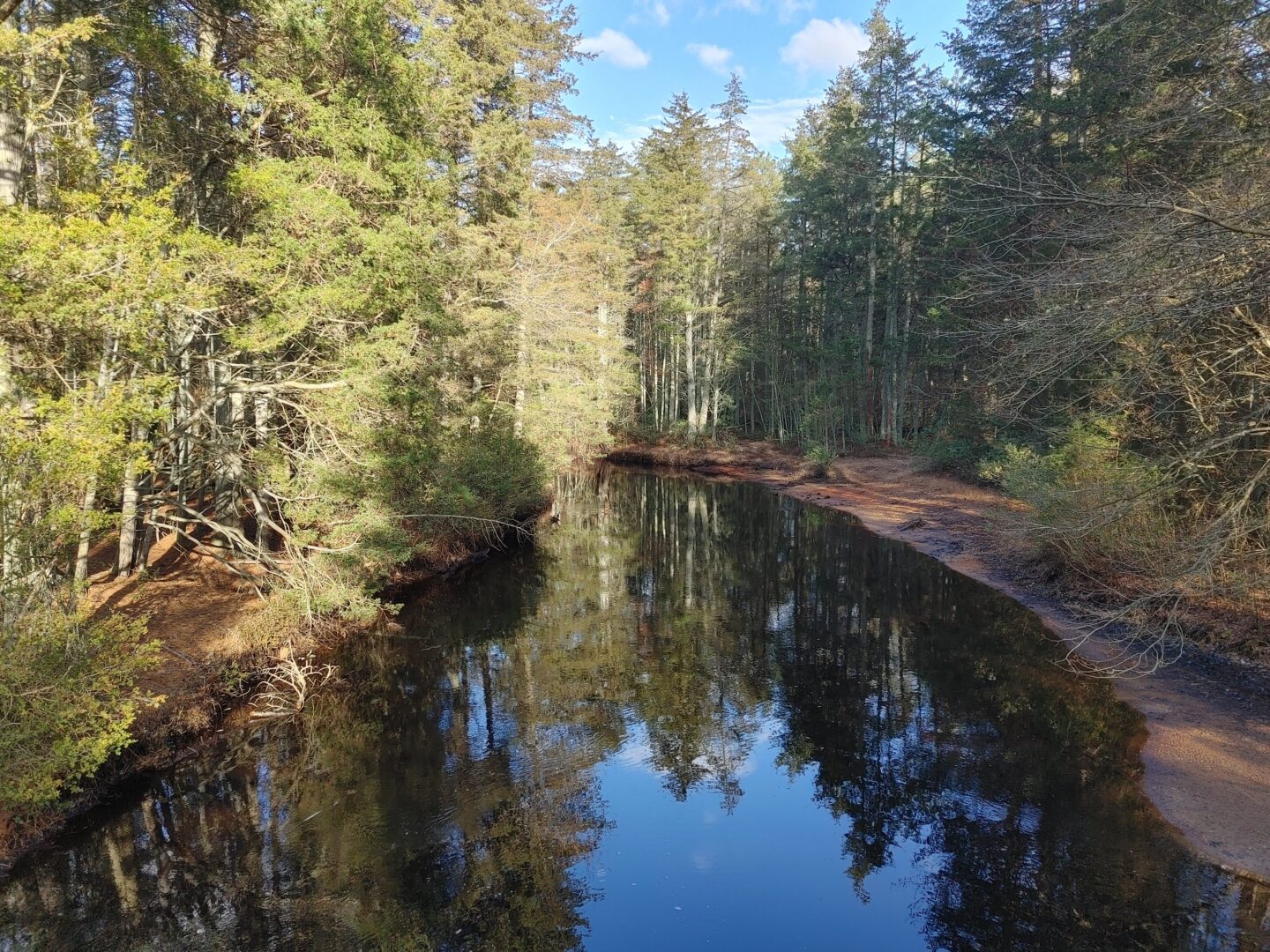
The Pine Barrens got their name from the fact that the soils were sandy and nutrient poor and early attempts to settle the area and farm the ground were met with limited success. There are a few historic communities still around today. We explored one that dates back to the 1700’s and is a well preserved piece of history, Basto Village, and learned a bit about early attempts to settle the area. Much of the activity in Basto revolved around iron production, and later shifted to glass production.
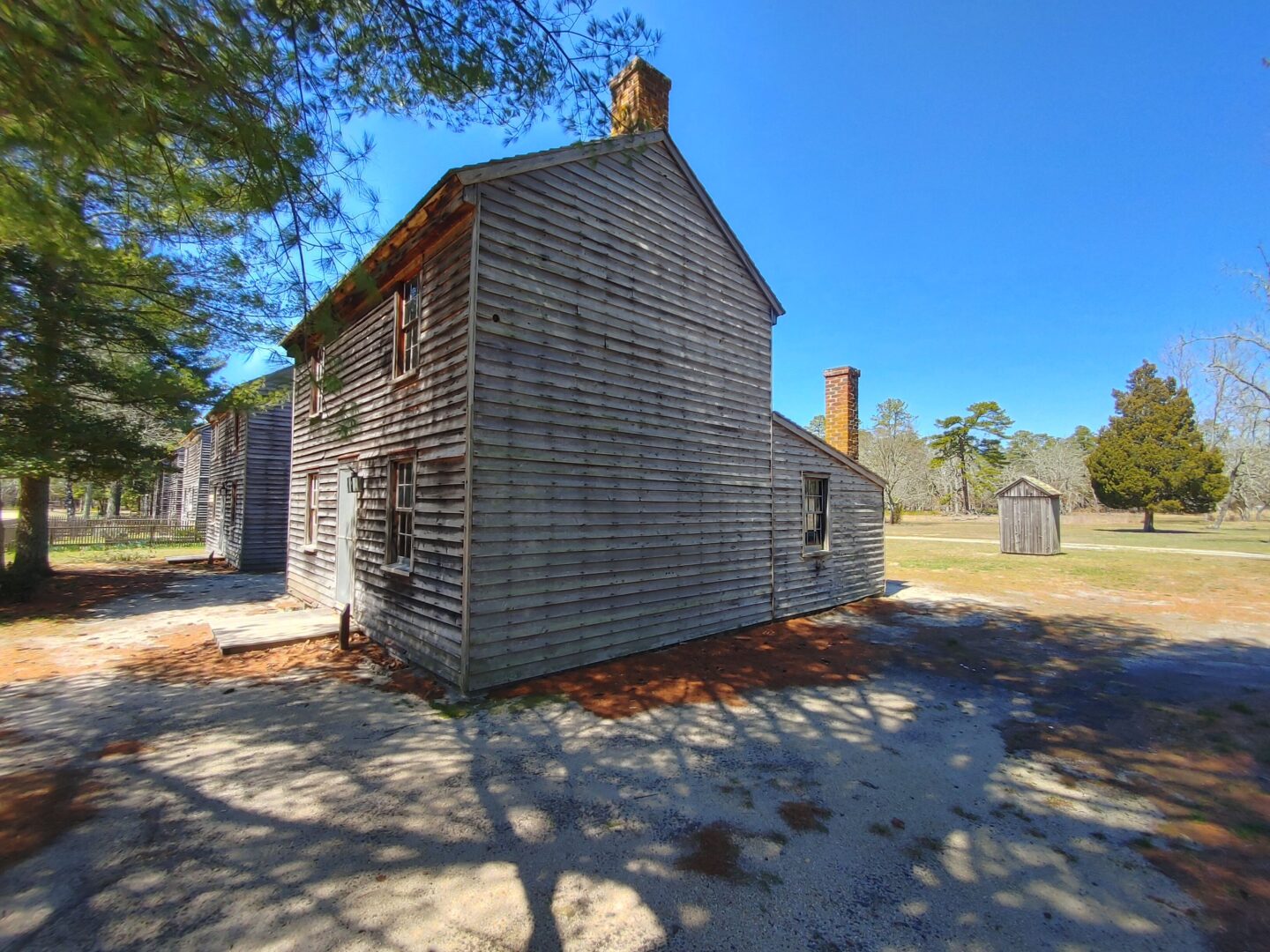
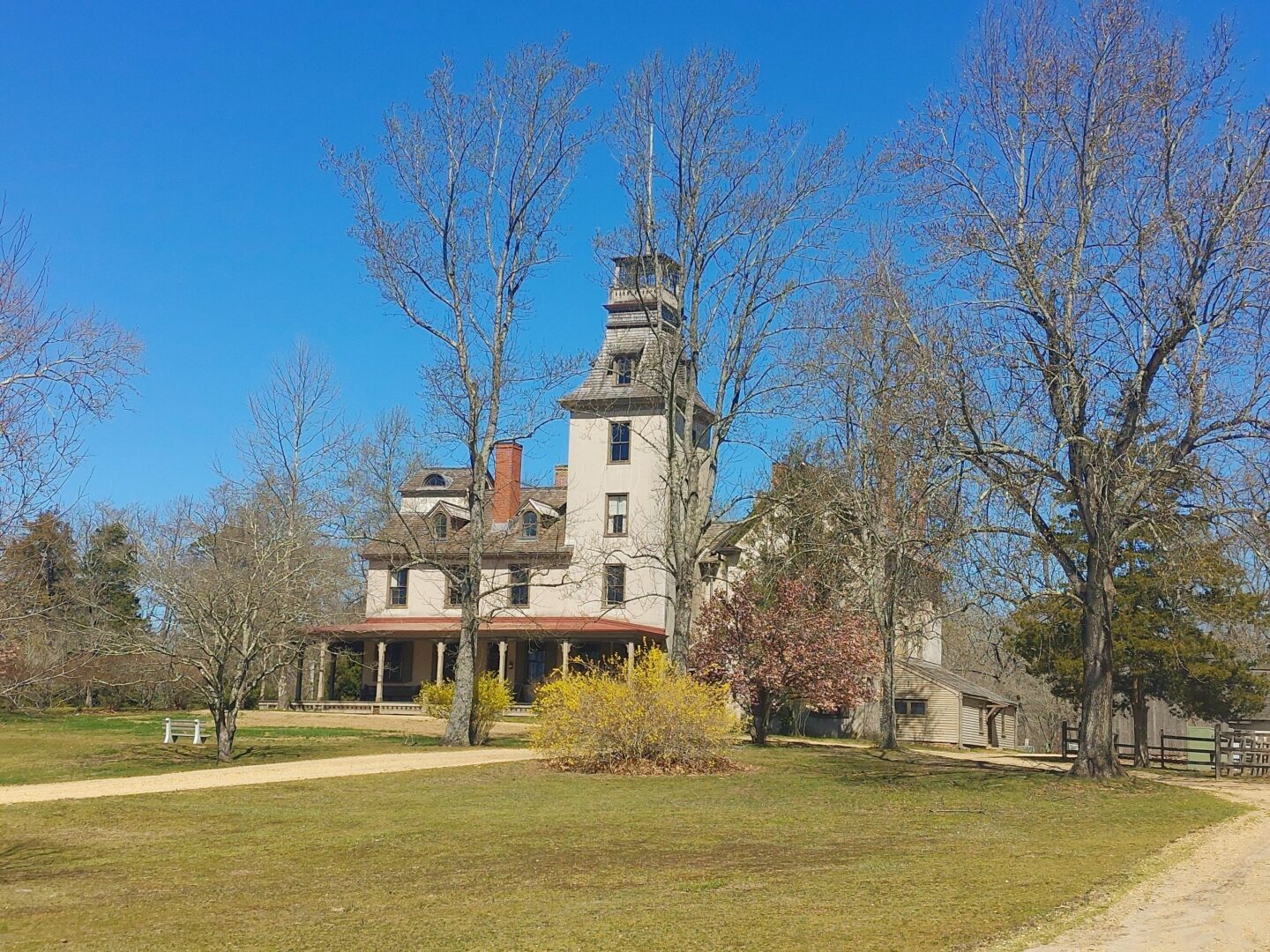
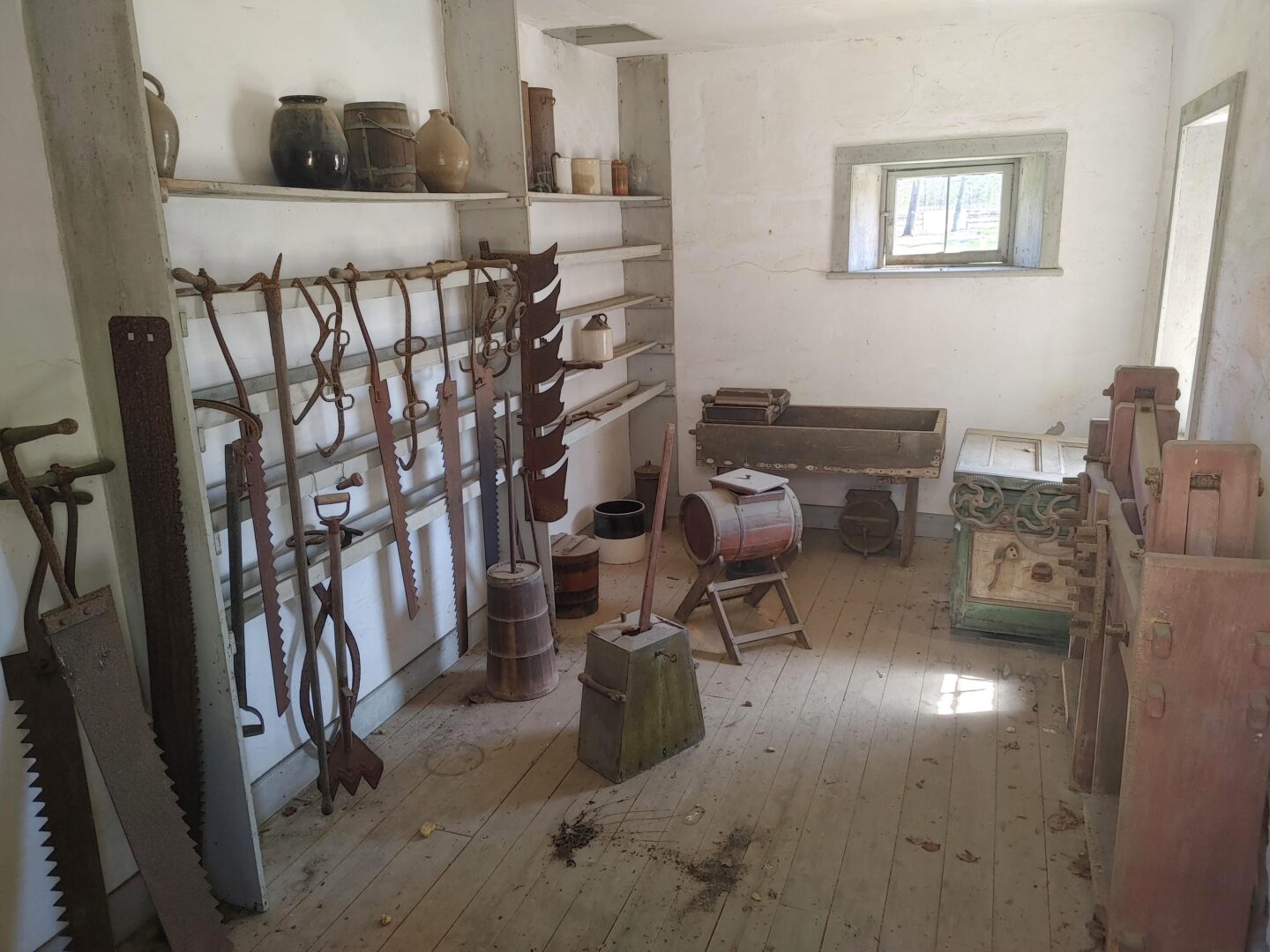
The first cultivated blueberries came from blueberry plants hybridized in the Pine Barrens. Elizabeth White paid Pineys (Pine Barrens residents) to collect berries and paid according to the size of the berry. She then grew 120 bushes of which she kept the two bushes that grew the best berries, which she then produced thirty five thousand cuttings. Of those she kept four plants which began the strain of blueberries that cultivated varieties are still grown today. The areas within the Pine Barrens that aren’t currently covered in pine trees appear to be blueberry farms and cranberry farms today.

Then there are the Pine Barrens themselves. At 1.1 million acres, the Pinelands has been protected as a National Reserve since 1979 and covers 22% of New Jersey. It is a vast and diverse ecosystem and one of the last remaining of its kind anywhere on the east coast. In addition to the pine trees it has several rivers and wetlands and a lot of rare plants. The Pinelands aquifer holds 17 trillion gallons of water.
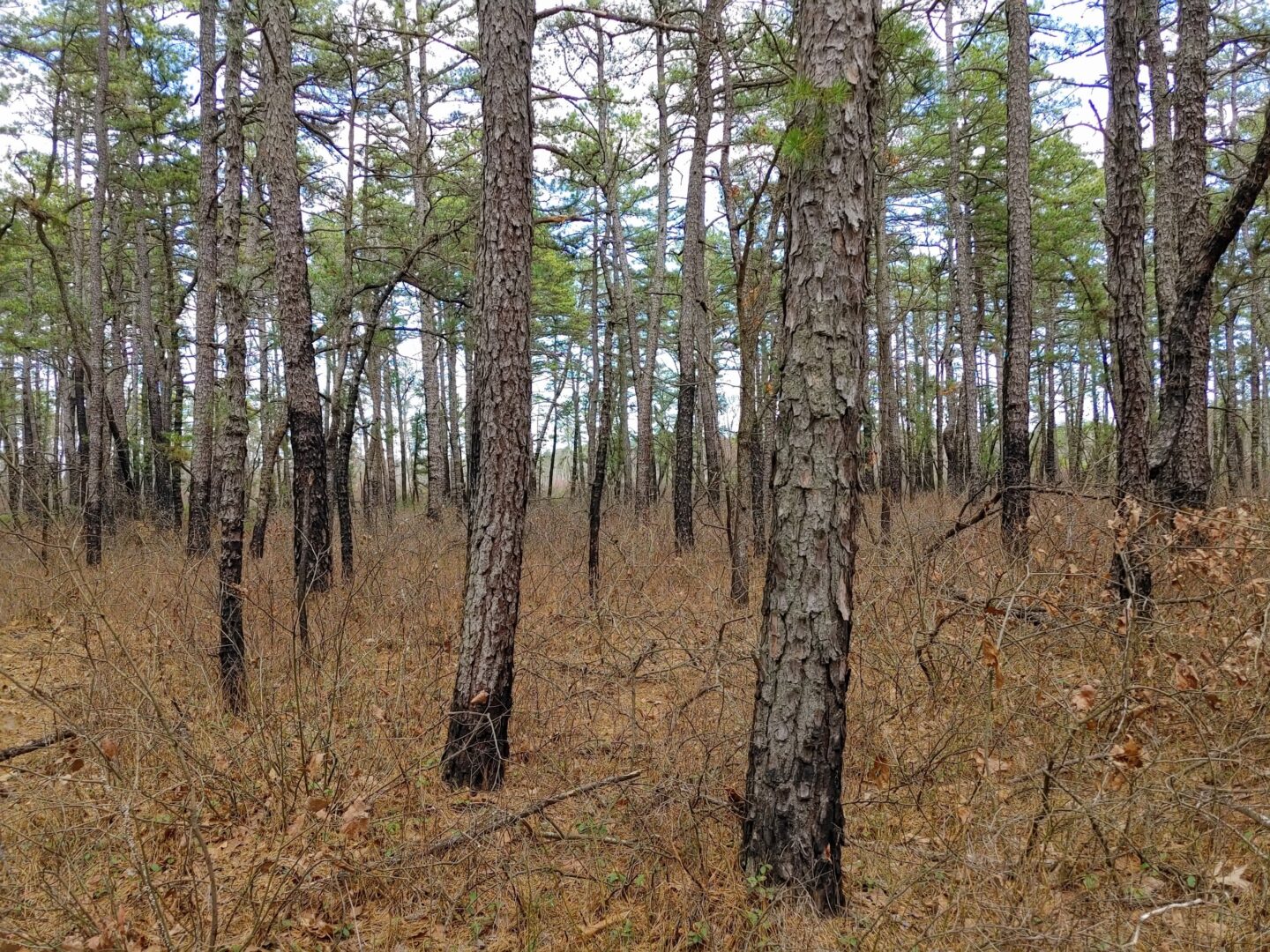
Of particular interest to me was the evidence of use of prescribed fire across vast areas of the Pine Barrens. Just about everywhere we went we saw signs to low intensity fire used to clear the understory of fuels and reintroduce this vital natural process back into an ecosystem that is dependent on it. Not only does fire help keep the ecosystem healthy but it also keeps the residents and firefighters in the Pine Barrens safer. I love to see evidence of this good work getting done at a meaningful scale.
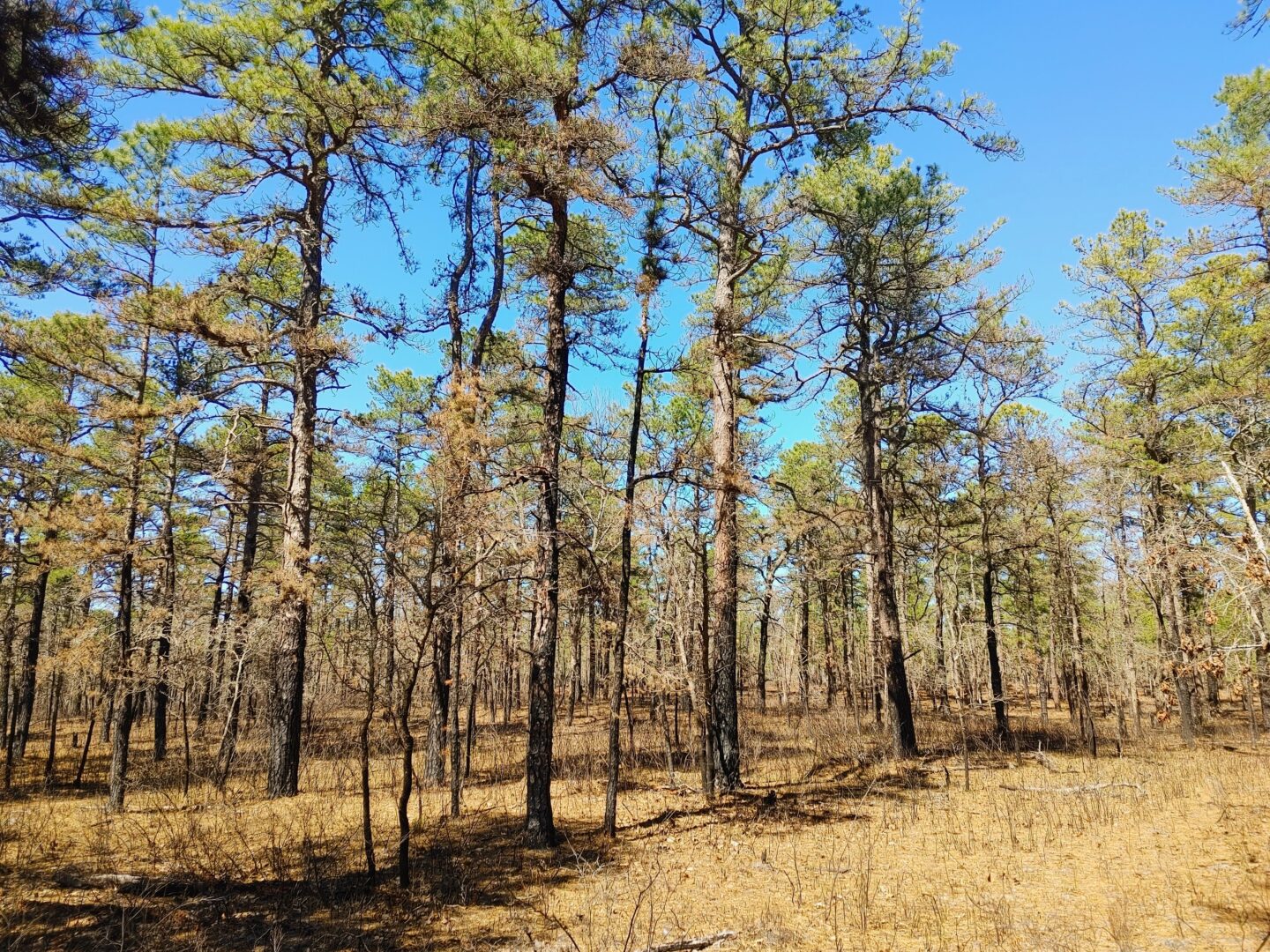
In addition to the time checking out the woods we also made it out to the beaches. There weren’t many people out and about due to the colder temps but the white sand beaches seemed to go on for miles. Special thanks to Bill and Elena for hosting us for a beach BBQ!
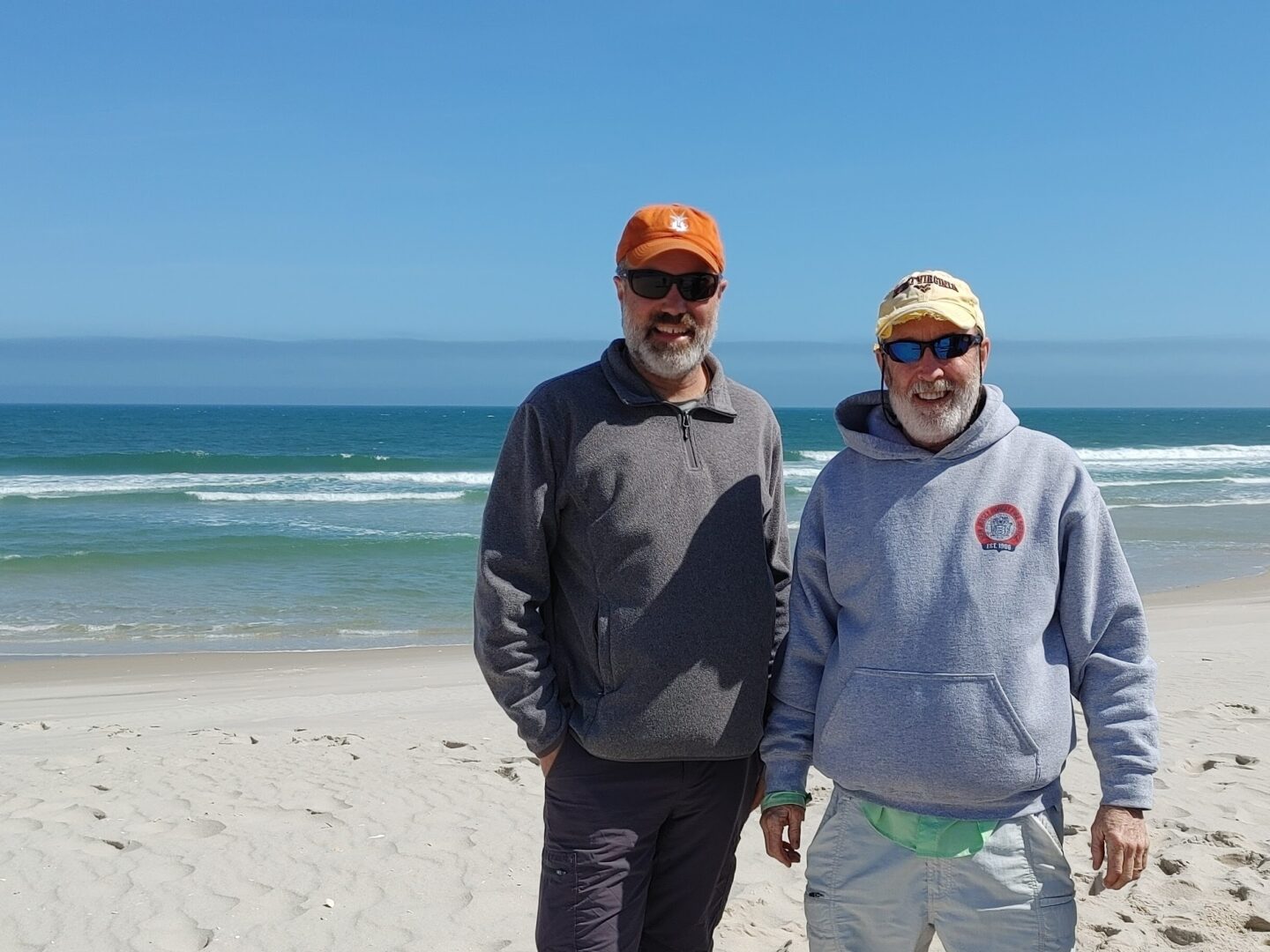
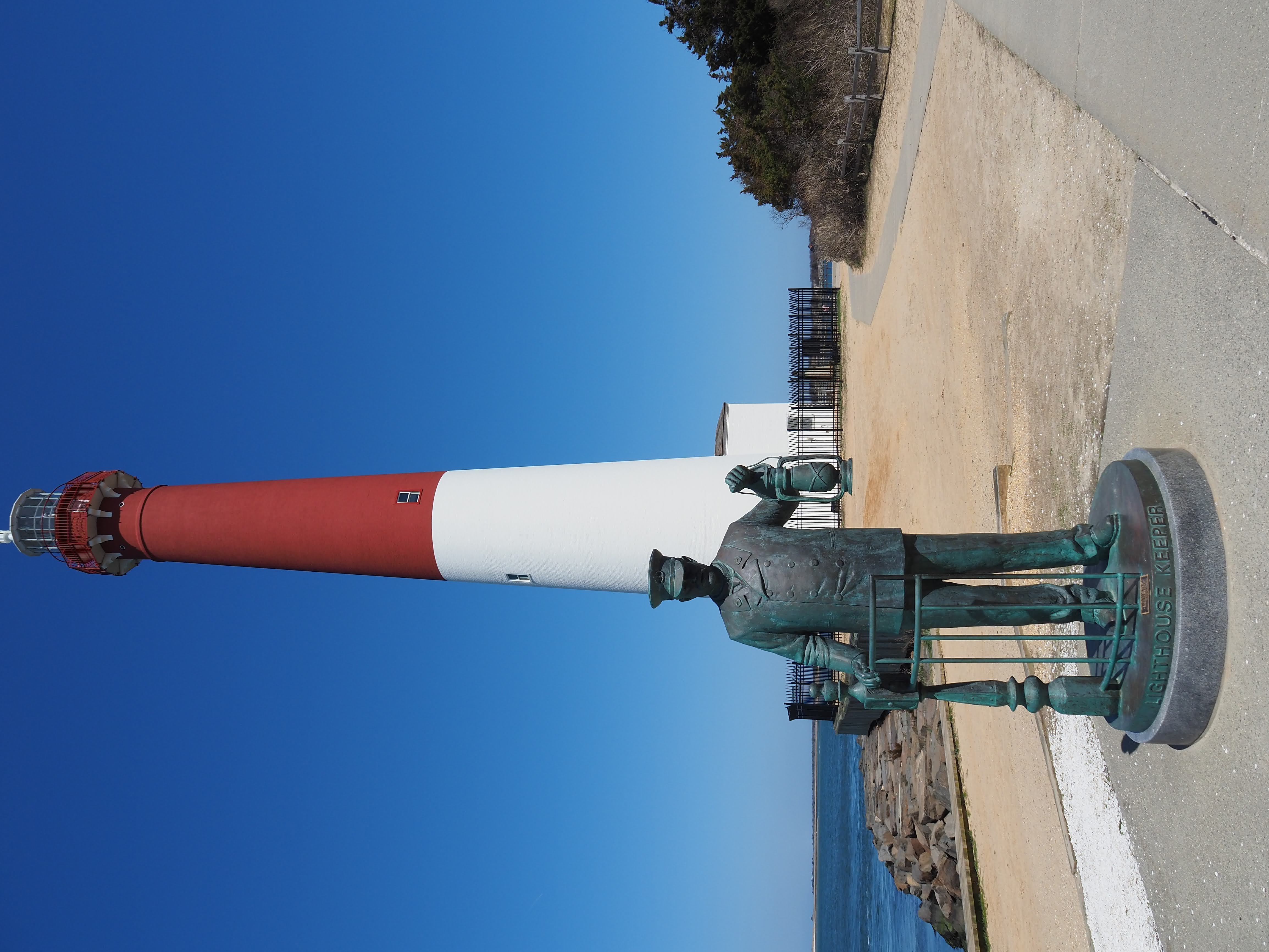
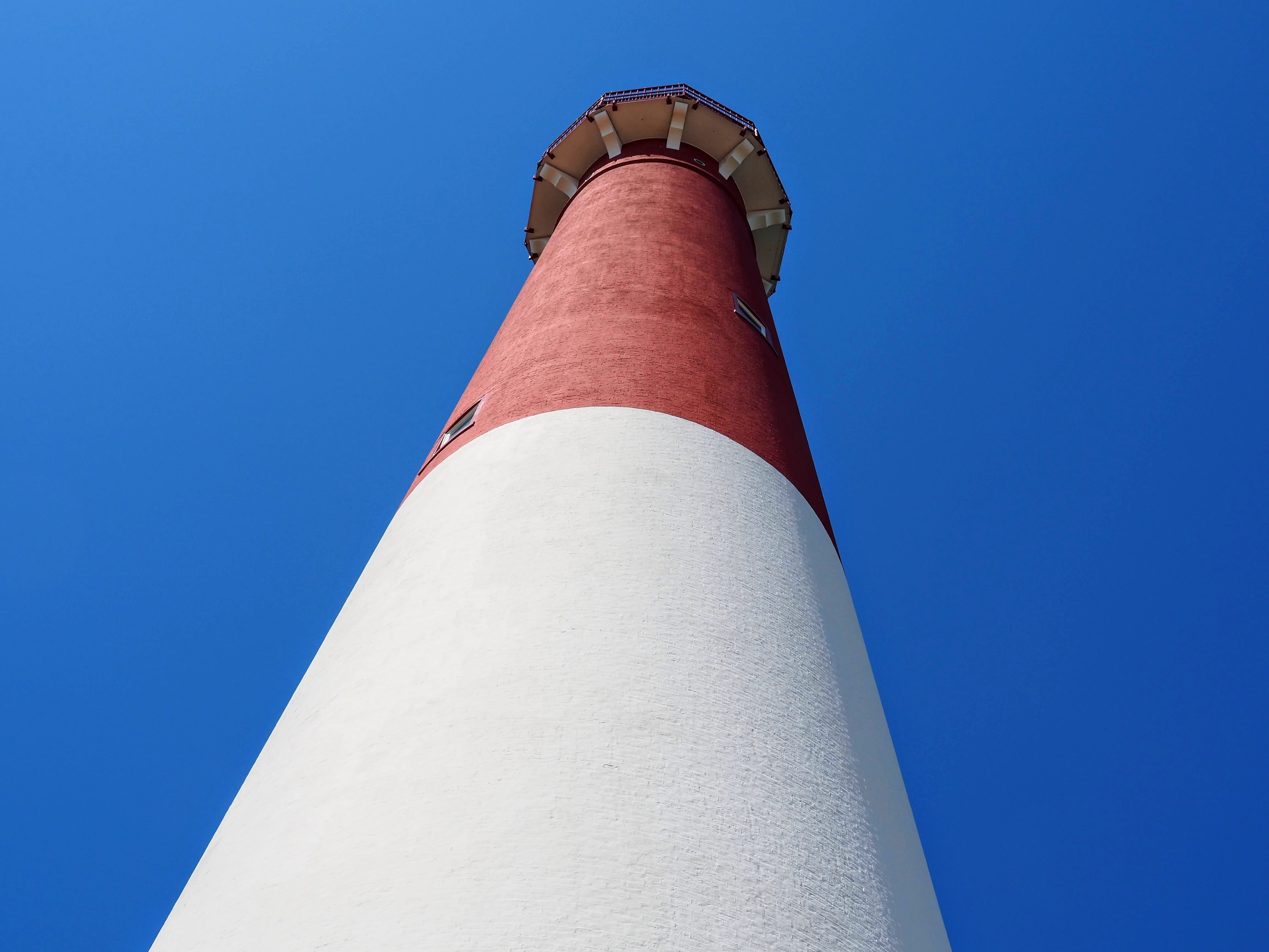
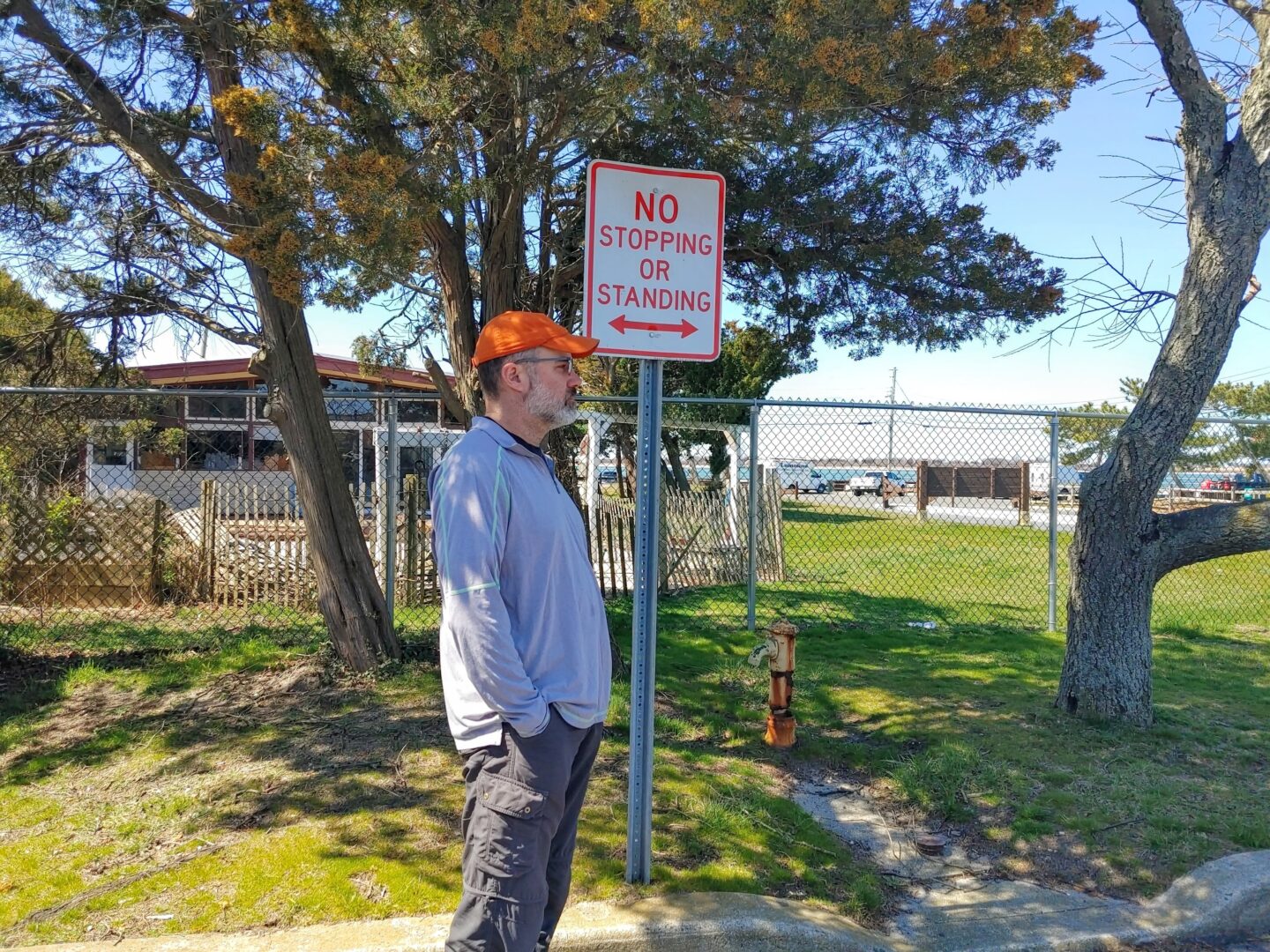
After New Jersey we were headed south again. We stopped off in Cape May for a little looking around and a slice of pizza before we departed to Delaware on the ferry across the Delaware Bay. We heard of a campground with wild ponies. But that is a story for the next post.
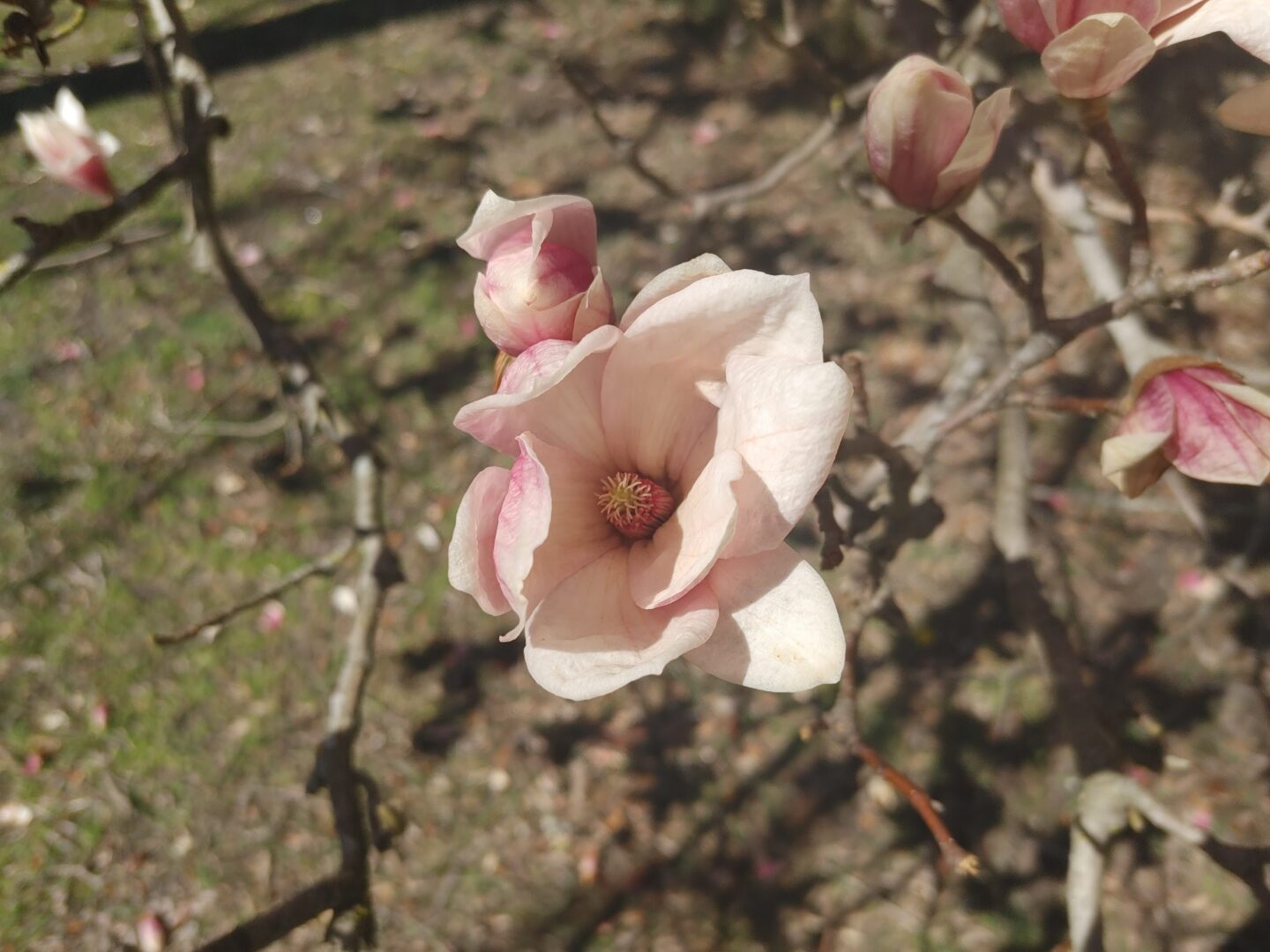
New Jersey in the spring is a beautiful place, if you know where to look. Give it a try!
Logistics
Hawkins Bridge Campground is one of several primitive campgrounds on state forests throughout the Pine Barrens. $5 per person per night.
Pennsylvania State Forests have several dispersed sites, including on the Delaware State Forest. As of 2022 they need to be reserved online, it is my understanding prior to that they were free and just required a call to register with the local office. Now they are $15 plus a $6.50 “processing fee” to enable them to take the $15. Progress.
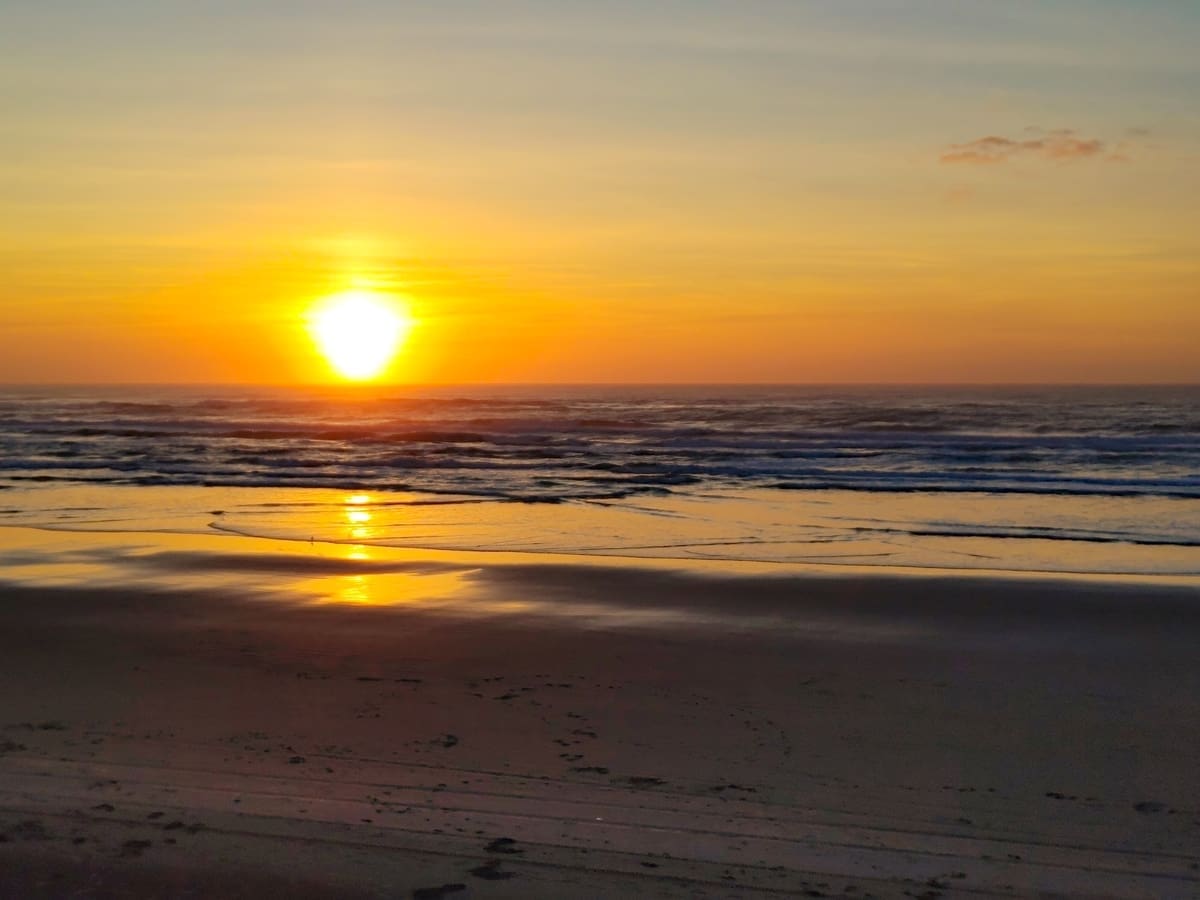

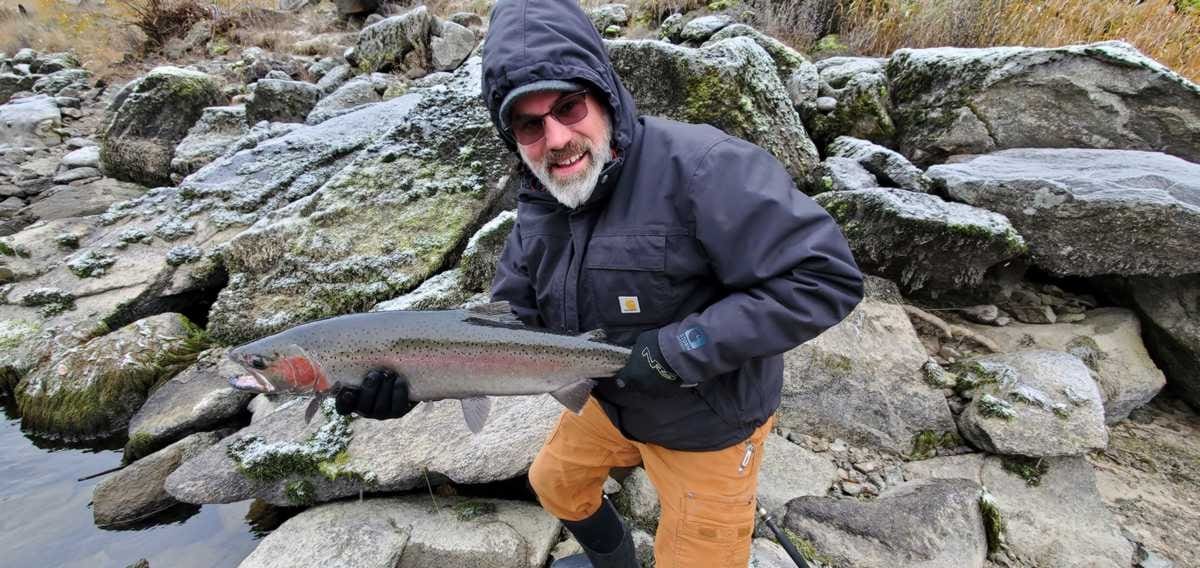
Thanks for the update!
Pingback: Exploring the Mid-Atlantic Coast – Occidentalist